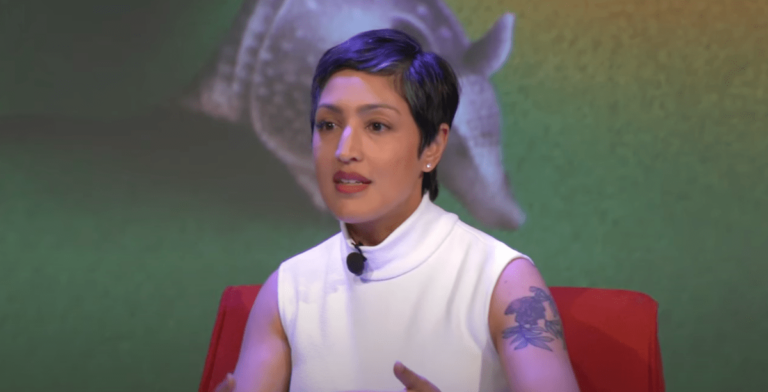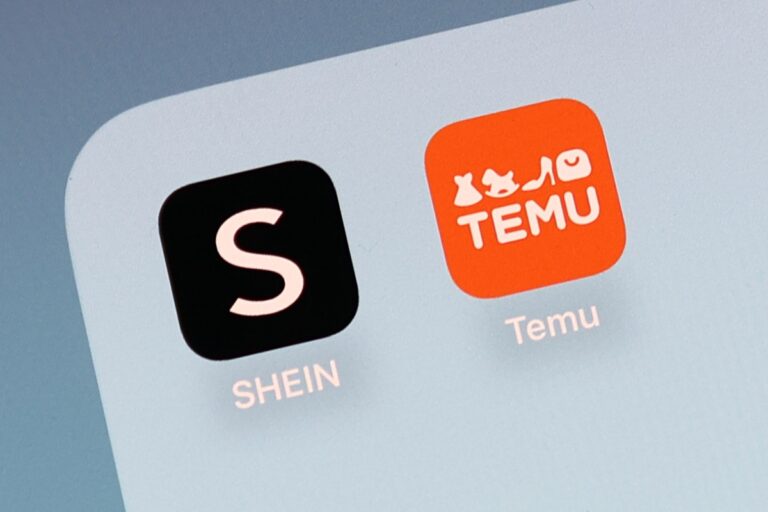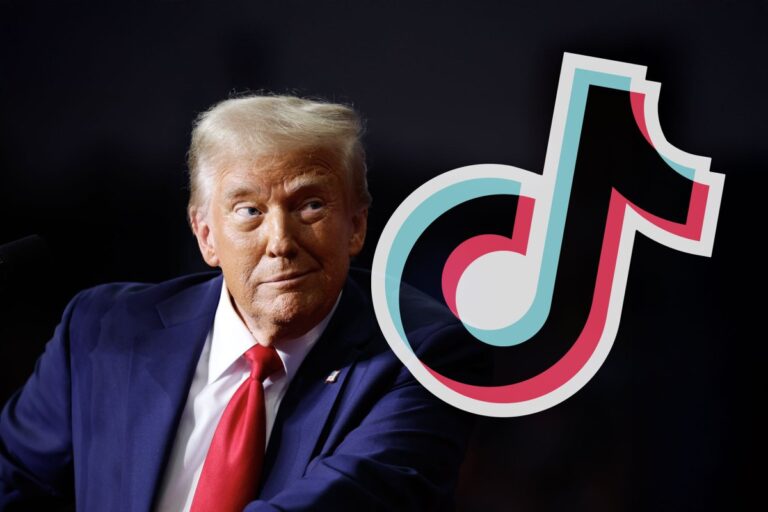CoreWeave Founders Cash In $488 Million Ahead of Anticipated $4 Billion IPO
CoreWeave, a prominent player in the AI cloud services sector, is making headlines with its upcoming IPO. Backed by Nvidia, the company operates a specialized cloud service from a robust network of 32 data centers, boasting over 250,000 Nvidia GPUs as of the end of 2024. This article delves into the details of CoreWeave’s S-1 filing and what it means for investors.
CoreWeave’s IPO Overview
While specific details regarding share count and pricing remain undisclosed, IPO specialists at Renaissance Capital estimate that CoreWeave aims to raise a minimum of $3.5 billion at a valuation of approximately $32 billion. There is potential for the amount raised to exceed $4 billion.
Valuation Insights
This valuation marks a significant increase from November’s previous valuation of $23 billion, following a secondary share sale that raised $650 million, as reported by Reuters.
Co-Founders’ Financial Moves
One notable aspect of CoreWeave’s S-1 filing is that the company’s three co-founders have already liquidated a substantial portion of their Class A shares. Between the 2024 tender offer and one held in 2023, they have collectively cashed out nearly $488 million worth of shares:
- Michael Intrator (CEO and Chairman): $160 million
- Brian Venturo (Chief Strategy Officer): $177 million
- Brannin McBee (Chief Development Officer): $151 million
Despite owning less than 3% of the Class A shares, the trio retains control of the company through their majority ownership of Class B shares, which carry 10 votes per share, allowing them to control approximately 80% of the voting power.
Unique Background of Founders
Interestingly, the backgrounds of CoreWeave’s founders are rooted in finance rather than technology. They previously worked in the oil industry and hedge funds:
- Intrator founded and managed a natural gas hedge fund.
- Venturo collaborated with Intrator in the same hedge fund.
- McBee worked as a trader at another hedge fund.
To enhance their technical expertise, they have brought on Chen Goldberg, formerly of Google Cloud, as the senior vice president of engineering, where she led the Kubernetes and serverless teams.
Nvidia’s Strategic Investment
Nvidia holds a stake of over 6% in CoreWeave and also utilizes its services. This partnership is significant, especially considering CoreWeave’s impressive revenue growth, which reached $1.9 billion in 2024—an almost eightfold increase from $228.9 million in 2023.
Revenue Composition
However, it’s important to note that a single client, Microsoft, accounted for 62% of CoreWeave’s revenue, raising questions about the company’s customer diversification. CoreWeave also identifies Microsoft as both a customer and a competitor, similar to IBM.
Financial Health and Future Prospects
Despite the remarkable revenue growth, CoreWeave remains unprofitable, recording losses of $863 million in 2024 and carrying a significant debt of $7.9 billion. The founders frame this debt as a strategic advantage, leveraging their GPU assets as collateral and describing their financial approach as sophisticated.
However, servicing this debt incurs a high cost—amounting to $941 million in 2024—further contributing to the company’s losses. CoreWeave has indicated that some funds raised from the IPO may be allocated to reducing this debt burden.
The Road Ahead for CoreWeave
The excitement surrounding CoreWeave’s IPO is palpable, especially as investors seek opportunities in companies generating substantial revenue from AI technologies. As CoreWeave prepares for this significant milestone, the market will closely watch how this IPO unfolds.
For ongoing updates about CoreWeave and the AI cloud services industry, be sure to visit our news section.
CoreWeave has declined to comment further at this time.







